Do you know how to segment your email list? For most people, email marketing is one of the most difficult marketing channels to successfully grow. Understanding how email works and how you can use this to your advantage will change your email marketing game.
What does it mean to ‘segment your email list’?
The segmentation of your mailing list means dividing people into groups based on specific characteristics. These characteristics are likely to vary dependent on the goals for your marketing campaign. For example, if you are working for a stationary business, you may choose to segment people on your list based on age during a September campaign to capture any students on your list with student offers or back-to-school deals.
Top tips to help you segment your email list:
Make best use of onboarding emails for new customers
The first rule of email marketing is to nurture your new subscribers! As soon as someone subscribes to your mailing list, you need to make as much effort to continue their interest in your company as you can. The way most companies choose to do this is by sending a welcome email immediately after they sign up (hint: sending a discount code within this email is usually a good way to get customers back onto your site and encourage them to make a purchase).
Keep B2B and B2C subscribers separated
Depending on what your business is and who you are trying to target will depend on who you target. In the majority of cases, you are likely to be either entirely B2B based or entirely B2C based. However, if your company does have both of these branches, you should aim to keep these separate as you are likely to have separate goals for each type of customers.
Utilise your most active subscribers
As a marketer, you will know how important it is to ensure your most active and engaged customers feel valued. This is where email can help. With email segmentation, you can specifically choose the most engaged subscribers and send these people exclusive emails. This could be special offers, exclusive access to new products or even a freebie as a thank you. Whatever you choose, specify why you’ve selected these people to give these special emails to and this should encourage them to keep engaging with your business.
Add value to your list
Community engagement is a huge part of a successful marketing strategy. You need to make sure your community is engaging with your emails to ensure your not wasting your time and effort. By adding value to your email marketing, you are likely to grow your list faster and have subscribers that are engaged and actually want to stick around. The more valuable your subscribers feel that your emails are, the more likely your unsubscribe rate will be kept low.
Automate as much as possible
Automating your email marketing will make your life so much easier. By collecting data and adding tags to customers, you can automate which emails people receive based on their answers and characteristics. A tag is a specific label you attach to a customer in order to categorise customers. You can add as many tags as you’d like to subscribers based on the data you collect (providing your email software allows this), so you should use this to your advantage.
How to get started with email segmentation?
So now you know more about email marketing and why you should segment your email list, where do you even begin? The following tips will allow you to begin segmenting your list and how you can start growing your list with segmentation too.
Understand your objectives
Before you begin characterising your list, you should know what you want to gain from email marketing. What do you want to know about your subscribers? Why do you want to know these things? What do you already know about your subscribers? By considering all these things, you can set up a more structured way of collecting data and using this data to segment your list.
Track what works and what doesn’t
In marketing, things are changing all the time. Your email strategy is likely to need readjusting at some point and you should regularly keep an eye on what types of emails work with your audience and what doesn’t. Make sure you are tracking key metrics to establish the success of your campaigns (open rates, click-through rates, unsubscribe rates, etc.)
The Girls in Marketing Membership has lots of email marketing resources that will help you level up your email marketing campaign, including an Email Marketing Metrics Report Template, a webinar on Email Marketing Automation and so much more. Check them out in the member’s area!





